Home>Garden Essentials>How To Create Shade In A Play Area
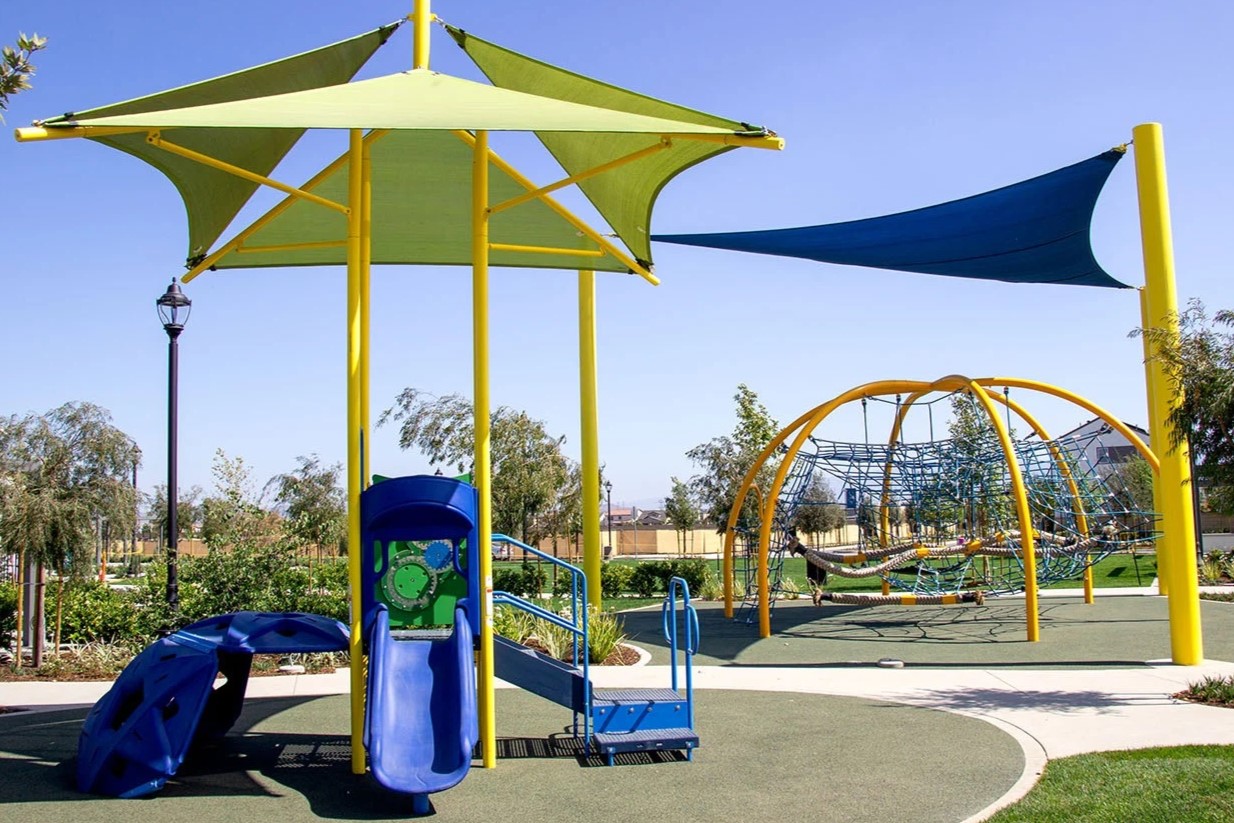

Garden Essentials
How To Create Shade In A Play Area
Modified: March 24, 2024
Create shade in your garden play area with these simple tips and tricks. Protect your children from the sun while they enjoy outdoor playtime.
(Many of the links in this article redirect to a specific reviewed product. Your purchase of these products through affiliate links helps to generate commission for Storables.com, at no extra cost. Learn more)
Introduction
Welcome to the world of outdoor play areas! Whether you are a parent, a teacher, or a community organizer, you understand the importance of providing a safe and enjoyable space for children to explore, learn, and have fun. And one essential element that every play area needs is shade. In this article, we’ll explore the various aspects of creating shade in a play area, from choosing the right location to installing the perfect shade structure and ensuring safety for the little ones.
Children are naturally drawn to outdoor play areas, and spending time outside has numerous benefits for their physical, mental, and emotional well-being. However, prolonged exposure to the sun can lead to sunburn, heatstroke, and other health risks. That’s why providing ample shade in a play area is crucial.
Creating shade not only protects children from harmful UV rays, but it also enhances their overall experience in the play area. Shade provides relief from the heat, allowing children to stay active and engaged for longer periods. It provides a comfortable space for relaxation, imaginative play, and social interactions.
Now, let’s dive into the essential steps to consider when creating shade in a play area. From selecting the location to installing the shade structure and maintaining it, we’ll guide you through the process, ensuring that your play area becomes a cool and inviting oasis for children of all ages.
Key Takeaways:
- Shade in a play area is crucial for protecting children from the sun and creating a comfortable space for outdoor play, promoting safety and fun for kids of all ages.
- Choosing the right location, selecting the appropriate shade structure, and providing additional comfort measures are essential steps in creating a shaded play area that enhances children’s outdoor experience.
Read more: How To Create Play Area For Rats
Choosing the Right Location
The first step in creating shade in a play area is selecting the right location. The location will dictate the size and orientation of the shade structure, as well as the amount of sunlight it will receive.
When choosing the location, consider the natural elements that will affect the play area, such as the position of the sun throughout the day and the direction of prevailing winds. Observe the area at different times to assess its exposure to sunlight and shade. Aim for a location that provides a balance of both, allowing children to enjoy the benefits of outdoor play while staying protected from excessive heat and UV rays.
Additionally, consider the proximity of trees or other structures that may already provide shade. Incorporating existing shade into the play area can reduce costs and expedite the process. However, make sure that the existing shade doesn’t obstruct the play area or pose any safety hazards.
Another important factor to consider when choosing the location is the accessibility and visibility of the play area. Ensure that it is easily accessible for children, parents, and caregivers, and that it is visible from nearby areas for supervision purposes.
Lastly, think about the overall aesthetics of the play area. The location should complement the surrounding environment and contribute to the overall appeal of the space. Consider the landscape, the nearby vegetation, and any other elements that can enhance the visual appeal of the play area.
By carefully selecting the right location, you lay the foundation for a well-designed and functional play area that provides adequate shade for children to enjoy their outdoor adventures.
Selecting the Shade Structure
Once you have chosen the right location for your play area, it’s time to select the shade structure that will provide protection from the sun. There are several types of shade structures to consider, each with its own unique features and benefits.
One popular option is a shade sail. These are large, fabric structures that are stretched and anchored to poles or existing structures. Shade sails are known for their versatility and aesthetic appeal, as they come in a variety of shapes, sizes, and colors. They can be arranged in different configurations to cover specific areas and create interesting patterns.
If you prefer a more permanent and structured shade option, a pergola or a pavilion might be the right choice. These are sturdy, freestanding structures with a roof and supporting columns. They provide ample shade and can be customized to fit the design and size requirements of your play area.
Another option to consider is a shade canopy. These are pre-fabricated structures made of metal or wood with a fabric roof. They are easy to install and can be either freestanding or attached to existing structures. Shade canopies provide a simple and cost-effective solution for shading large areas.
When selecting the shade structure, consider the size and shape of your play area, as well as the number of children it will accommodate. Ensure that the shade structure covers the essential areas, such as playground equipment and seating areas. It’s important to provide enough shade for all children to comfortably engage in various activities without feeling crowded or exposed to direct sunlight.
Additionally, consider the materials used in the shade structure. Look for high-quality fabrics that are resistant to UV rays, mildew, and fading. The structure should also be durable enough to withstand various weather conditions, including strong winds and rain.
Lastly, don’t forget about the visual appeal of the shade structure. Choose a design and color scheme that enhances the overall aesthetics of your play area. Consider incorporating playful patterns or vibrant colors to create a fun and inviting environment for children.
By selecting the right shade structure for your play area, you ensure that children have a safe and comfortable space to enjoy their outdoor adventures while staying protected from the sun’s harmful rays.
Determining the Size of the Shade Area
Now that you have chosen the shade structure for your play area, the next step is to determine the size of the shade area that it will cover. The size of the shade area will depend on various factors, including the size of the play area, the number of children it will accommodate, and the activities that will take place there.
Start by measuring the dimensions of the play area. Consider the length, width, and height of any existing playground equipment, seating areas, or other elements that will be placed under the shade. This will give you a baseline for determining the coverage needed.
Next, think about how the play area will be used and the number of children it will accommodate. Will it be primarily a space for active play, such as running, jumping, and climbing, or will it also include quieter activities, such as reading or drawing? This will help you determine the space required for each activity and ensure that the shade area is properly sized to accommodate them.
Consider the comfort and safety of the children when determining the size of the shade area. Children should have enough space to move freely under the shade without feeling cramped or restricted. It’s important to provide adequate clearance around playground equipment and seating areas to prevent any potential accidents or collisions.
Additionally, take into account the local climate and weather conditions. If your play area is located in an area with high temperatures or strong sun exposure, you may need to increase the size of the shade area to provide additional protection and comfort for the children.
Lastly, consider any future expansion or changes to the play area. If you plan to add new equipment or seating areas in the future, it’s wise to anticipate this and allocate sufficient space within the shade area.
By carefully determining the size of the shade area, you ensure that the play area is adequately covered, providing a comfortable and safe space for children to enjoy their outdoor activities while staying protected from the sun.
Preparing the Play Area
Before installing the shade structure in your play area, it’s important to properly prepare the space. By taking the necessary steps to prepare the play area, you can ensure a smooth installation process and enhance the overall functionality and safety of the shaded area.
Start by clearing the play area of any debris, obstacles, or potential hazards. Remove rocks, branches, and any other objects that may pose a trip or fall hazard for children. Smooth out the ground surface to eliminate any uneven areas that could lead to accidents during play.
If the play area is on grass, consider mowing the lawn and providing regular maintenance to keep it neat and tidy. Remove any weeds or invasive plants that may interfere with the installation or growth of the shade structure.
If the play area is on a paved surface, ensure that it is clean and free of any cracks or damage. Repair any cracks or uneven areas to provide a sturdy and stable foundation for the shade structure.
Consider the drainage of the play area. Ensure that it is equipped with proper drainage systems to prevent water from pooling or accumulating during rainy seasons. Adequate drainage will help maintain the integrity of the shade structure and avoid any potential water damage.
Another important aspect of preparing the play area is to assess and address any potential safety concerns. Inspect playground equipment for any signs of wear, damage, or loose parts. Tighten screws and bolts, repair any broken components, and ensure that all equipment is securely anchored to the ground. Verify that the play area meets safety standards and guidelines set by relevant authorities.
Finally, involve children in the preparation process. Engage them in age-appropriate discussions about safety rules and guidelines for using the play area. Educate them about the importance of sun safety and staying hydrated while playing outdoors. Encourage them to take an active role in caring for and maintaining the shaded play area.
By properly preparing the play area, you create a safe and inviting space for children to enjoy their outdoor adventures under the shade.
Consider installing a shade sail or canopy over the play area to provide protection from the sun. This will create a cool and safe space for children to play in.
Read more: How To Create A Play Area For Rabbits
Installing the Shade Structure
Once you have chosen the shade structure and prepared the play area, it’s time to install the structure and bring shade to your play area. While the installation process may vary depending on the type of shade structure you have selected, there are some general steps to consider.
Start by marking the locations where the shade structure will be installed. Use measuring tape and stakes to mark the spots accurately. Ensure that the structure will be securely positioned and aligned with the desired coverage area.
If you are installing a shade sail, begin by attaching the sail to the anchor points. This may involve securing the corners to existing structures or installing poles specifically for the shade sail. Ensure that the sail is properly tensioned and that the fabric is taut to avoid sagging.
For a pergola or pavilion, follow the manufacturer’s instructions for assembly. This may involve connecting the beams and columns, and attaching the roof. Make sure to check for stability and ensure that all components are securely fastened.
If you have chosen a shade canopy, assemble the structure as per the manufacturer’s guidelines. This may involve attaching the posts, connecting the framework, and securing the canopy fabric. Ensure that the canopy is properly tensioned and that the fabric is securely attached to the frame.
During the installation process, prioritize safety. Use proper equipment, such as ladders and safety harnesses, when required. If necessary, seek assistance from professionals or experienced individuals to ensure a safe and efficient installation.
Once the shade structure is installed, carefully inspect the entire setup. Ensure that all connections are secure and that the structure is stable. Adjust the tension of the fabric, if necessary, to eliminate any sagging or flapping.
Consider adding additional elements to enhance the functionality and appeal of the shaded area. This may include installing benches or seating areas, adding play equipment or activity stations, and incorporating planters or landscaping features.
Lastly, educate children and adults about the proper use and care of the shade structure. Communicate any safety guidelines or rules specific to the structure, such as weight capacity or age restrictions. Encourage regular maintenance of the structure to prolong its lifespan and ensure its continued effectiveness.
By carefully installing the shade structure, you transform your play area into a cool and inviting space where children can play and explore while staying protected from the sun’s harmful rays.
Providing Additional Comfort
Creating shade in a play area is not only about protection from the sun but also about providing maximum comfort for the children. By enhancing the comfort level, you can create an enjoyable and inviting space for them to engage in various activities. Here are some tips to provide additional comfort in your shaded play area.
1. Seating and Relaxation Areas: Install benches, chairs, or even picnic tables in the shaded area to provide comfortable seating for children and caregivers. This allows them to rest, socialize, and enjoy a break from active play. Consider incorporating cushions or padding for added comfort.
2. Flooring or Ground Cover: Choose an appropriate flooring or ground cover material for the play area to ensure comfort underfoot. Options such as rubber mulch, synthetic turf, or safety tiles offer cushioning and impact absorption, reducing the risk of injuries during play.
3. Play Equipment: Select play equipment that is designed with comfort in mind. Look for features such as soft seating, ergonomic design, and padded surfaces. This helps prevent discomfort and reduces the risk of injuries during play.
4. Fans and Ventilation: Consider installing portable fans or built-in ventilation systems to improve air circulation within the shaded area. This helps to cool the temperature, making the space more comfortable, especially during hot summer days.
5. Water Features: Introduce water features such as misters, splash pads, or small water play areas in the shaded space. These not only provide entertainment but also help to keep children cool and refreshed during outdoor play.
6. Shaded Picnic or Eating Area: Create a designated space for children to enjoy snacks or meals within the shaded area. Provide picnic tables or seating areas with umbrellas to ensure a comfortable and enjoyable dining experience.
7. Adequate Lighting: Install appropriate lighting fixtures to ensure the shaded play area remains functional even during darker hours. This not only extends playtime but also reduces any potential safety hazards in low light conditions.
Remember that children have unique needs and preferences. Consider their comfort and involve them in the decision-making process by asking for their opinions and feedback. This ensures that the additional comfort measures align with their desires and enhance their overall play experience.
By providing additional comfort in your shaded play area, you create a space where children can relax, play, and enjoy outdoor activities comfortably while staying protected from the sun’s rays.
Maintaining and Cleaning the Shade Structure
Regular maintenance and cleaning of the shade structure in your play area are essential to ensure its longevity, functionality, and aesthetics. Proper care not only prolongs the lifespan of the structure but also ensures a safe and enjoyable environment for the children. Here are some tips for maintaining and cleaning your shade structure.
1. Regular Inspections: Schedule regular inspections of the shade structure to identify any signs of wear, damage, or potential issues. Check for loose or broken components, tears in the fabric, or signs of corrosion on metal parts. Promptly address any repairs or replacements needed to maintain the structural integrity of the shade structure.
2. Cleanliness: Regularly clean the shade fabric to remove dirt, dust, leaves, and other debris. This prevents the buildup of grime and maintains the appearance of your shade structure. Use a mild detergent and a soft brush or cloth to gently clean the fabric. Avoid using harsh chemicals or abrasive materials that can damage the fabric.
3. Mold and Mildew Prevention: Mold and mildew can grow on shaded areas, especially in damp and humid environments. To prevent their growth, ensure that the shade structure has proper ventilation and airflow. Trim nearby foliage to reduce shade and promote drying of the fabric. If mold or mildew does develop, treat it with a mixture of water and mild soap, or use a specialized mold and mildew cleaner recommended by the fabric manufacturer.
4. Rust Prevention: If your shade structure has metal parts, such as poles or connectors, check for signs of rust regularly. Remove any rust with a wire brush and apply a rust inhibitor or paint to prevent further corrosion. Keep in mind that prevention is key, so consider using rust-resistant materials during the initial installation.
5. Seasonal Maintenance: Adjust the tension of a shade sail or tighten any bolts as needed at the start of each season. This helps to ensure that the shade structure remains secure and properly aligned. Additionally, inspect and clean the structure thoroughly before and after the winter season to remove any debris that may have accumulated during that time.
6. Professional Maintenance: While many maintenance tasks can be performed by yourself, it may be beneficial to have periodic professional inspections and maintenance. Experienced professionals can assess the condition of the structure, identify any underlying issues, and provide the necessary repairs or maintenance to keep the shade structure in optimal condition.
Remember to always refer to the manufacturer’s guidelines and recommendations for specific maintenance instructions for your shade structure. By implementing regular maintenance and cleaning routines, you ensure that your shade structure remains in good condition, providing a safe and comfortable environment for children to enjoy their playtime.
Ensuring Safety in the Play Area
Ensuring the safety of children is of utmost importance in any play area, including those with shade structures. Here are some essential tips to keep in mind to create a safe environment in your shaded play area.
1. Safety Surfacing: Install a suitable safety surfacing material underneath and around play equipment to cushion falls and reduce the risk of injuries. Options such as rubber mulch, engineered wood fiber, or safety tiles provide impact absorption and meet safety standards.
2. Inspect Equipment: Regularly inspect the play equipment for any signs of wear, damage, or loose parts. Ensure that all components are secure, and repair or replace any damaged or broken parts immediately. Follow manufacturer guidelines regarding equipment maintenance.
3. Age-Appropriate Equipment: Ensure that the play equipment in your area is suitable for the age group it is intended for. Equipment designed for older children may pose a risk to younger ones, and vice versa. Clearly designate age ranges for specific play equipment and enforce them appropriately.
4. Supervision: Assign responsible adults or caregivers to supervise the play area at all times. They should actively monitor children, intervene when necessary, and be aware of any potential safety concerns. Encourage active parent and caregiver involvement in the play area to ensure consistent supervision.
5. Sun Safety: Shade structures are essential for sun protection, but educate children about additional sun safety measures. Encourage the use of sunscreen, hats, and sunglasses when playing in the sun. Promote hydration by providing water stations or encouraging children to bring water bottles.
6. Clear Pathways: Ensure that pathways within the play area are clear of any obstacles or hazards that can cause tripping or falling. Remove any debris, toys, or other objects to maintain a clear and safe playing environment.
7. Regular Maintenance: Regularly maintain the play area and shade structure as outlined in the previous sections. This includes inspections, cleaning, and addressing any needed repairs or adjustments promptly to keep the play area safe and functional.
8. Safety Signage: Install clear and visible safety signage throughout the play area to communicate important rules, guidelines, and safety information to children and caregivers. Signs can remind children about age restrictions, proper equipment use, and other safety considerations.
9. Emergency Preparedness: Be prepared for emergencies by having a first aid kit readily available in the play area. Ensure that adults supervising the area are trained in basic first aid and CPR techniques. Post emergency contact numbers and instructions in a visible location.
10. Regular Safety Audits: Conduct regular safety audits of the play area to assess any potential safety hazards or risks. Review safety guidelines and regulations periodically to ensure compliance and make necessary improvements.
By implementing these safety measures, you create a secure and enjoyable play area where children can explore, learn, and have fun under the shade.
Read more: How To Create A Play Area In Living Room
Conclusion
Creating shade in a play area is essential for providing a safe and enjoyable outdoor space for children. By strategically choosing the location, selecting the right shade structure, determining the size of the shade area, and properly preparing the play area, you can set the stage for a fantastic play experience. Installing the shade structure and providing additional comfort measures take the play area to the next level, ensuring that children can play, relax, and socialize comfortably while staying protected from the sun.
Maintaining and cleaning the shade structure is crucial for its longevity and functionality, as well as for creating a clean and appealing environment for children. By regularly inspecting and maintaining the structure, you can address any potential issues and ensure its safety and durability.
Finally, safety should always be a top priority in any play area. In addition to ensuring the safety of play equipment and providing supervision, promoting proper sun safety measures and maintaining clear pathways are important steps to mitigate potential hazards and create a secure environment for children to enjoy their outdoor playtime.
Remember, creating a shaded play area is not just about protection from the sun – it’s about creating a space where children can engage in active, imaginative play and make lasting memories. By following the steps outlined in this article, you can create a welcoming oasis that encourages exploration, fosters creativity, and promotes the overall well-being of children.
So, go ahead and embark on this exciting journey of creating shade in your play area. Whether it’s a backyard playset, a school playground, or a community park, investing in shade will undoubtedly enhance the outdoor play experience for children of all ages. Enjoy the process, and most importantly, have fun under the shade!
Frequently Asked Questions about How To Create Shade In A Play Area
Was this page helpful?
At Storables.com, we guarantee accurate and reliable information. Our content, validated by Expert Board Contributors, is crafted following stringent Editorial Policies. We're committed to providing you with well-researched, expert-backed insights for all your informational needs.
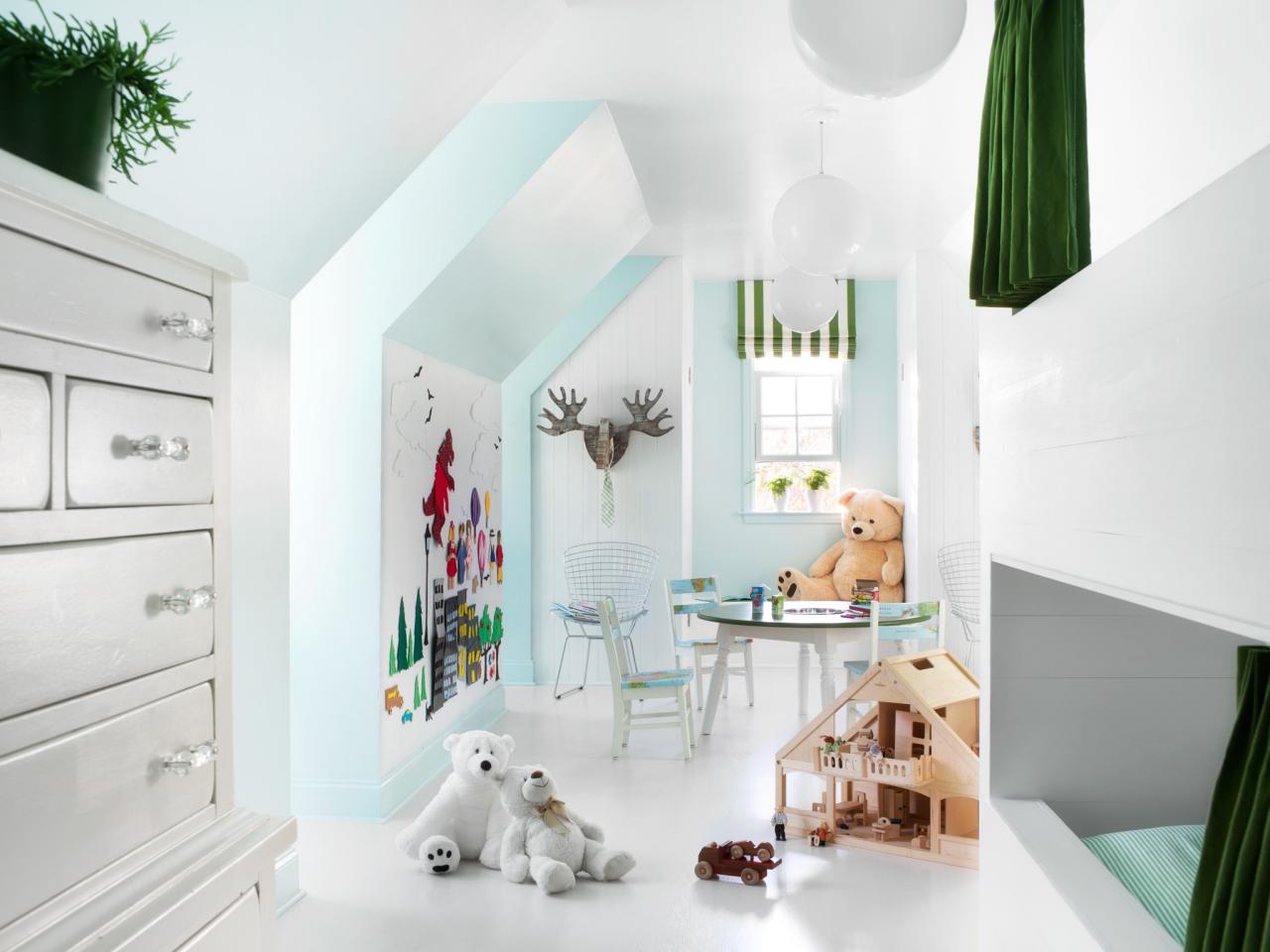
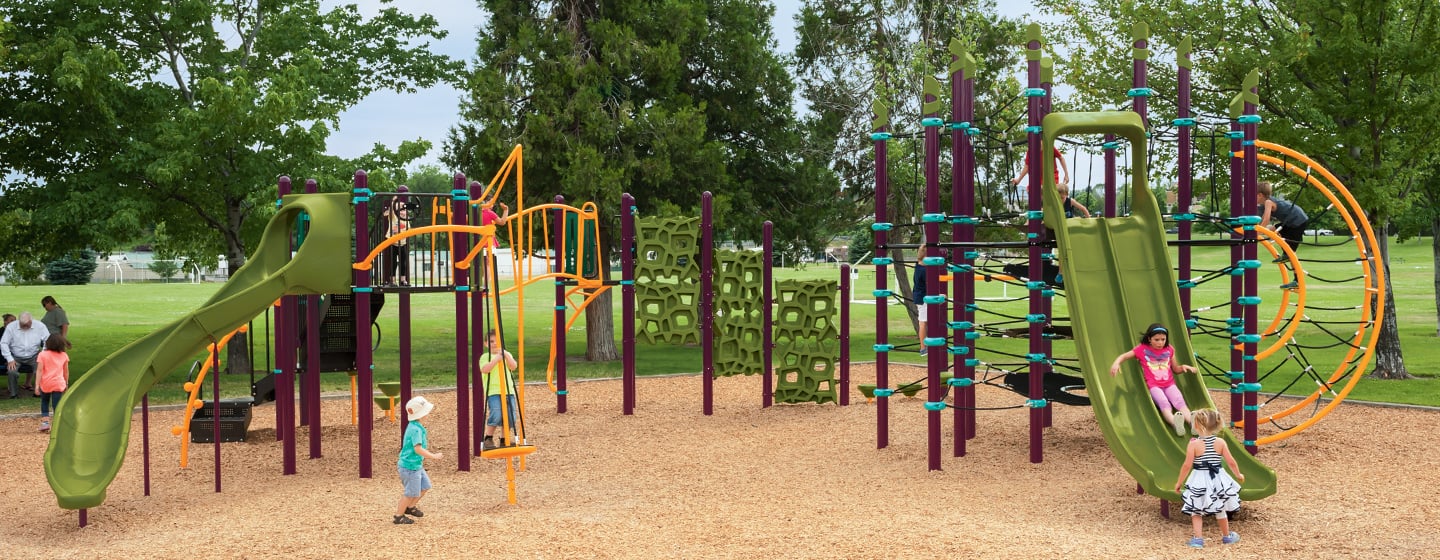
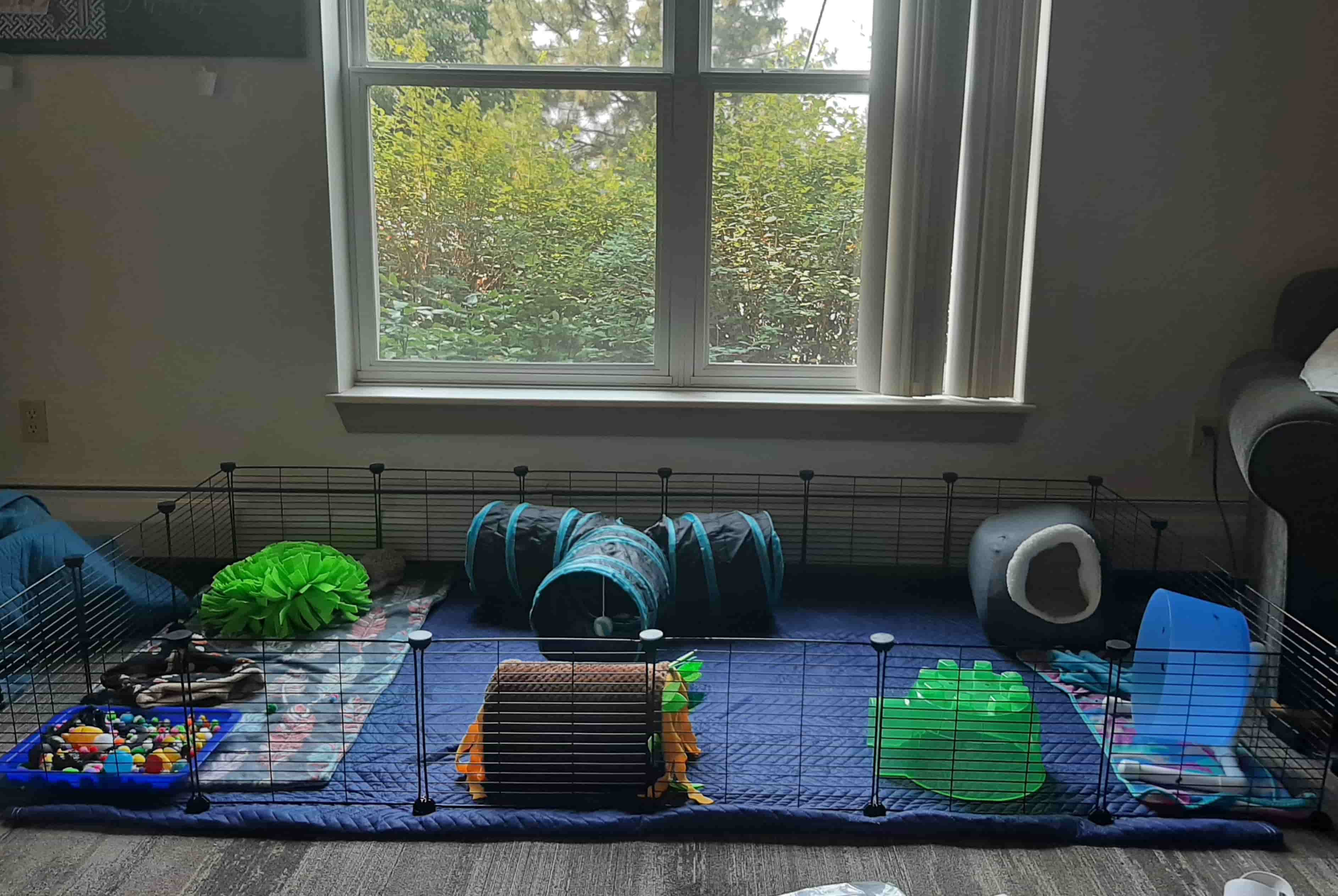
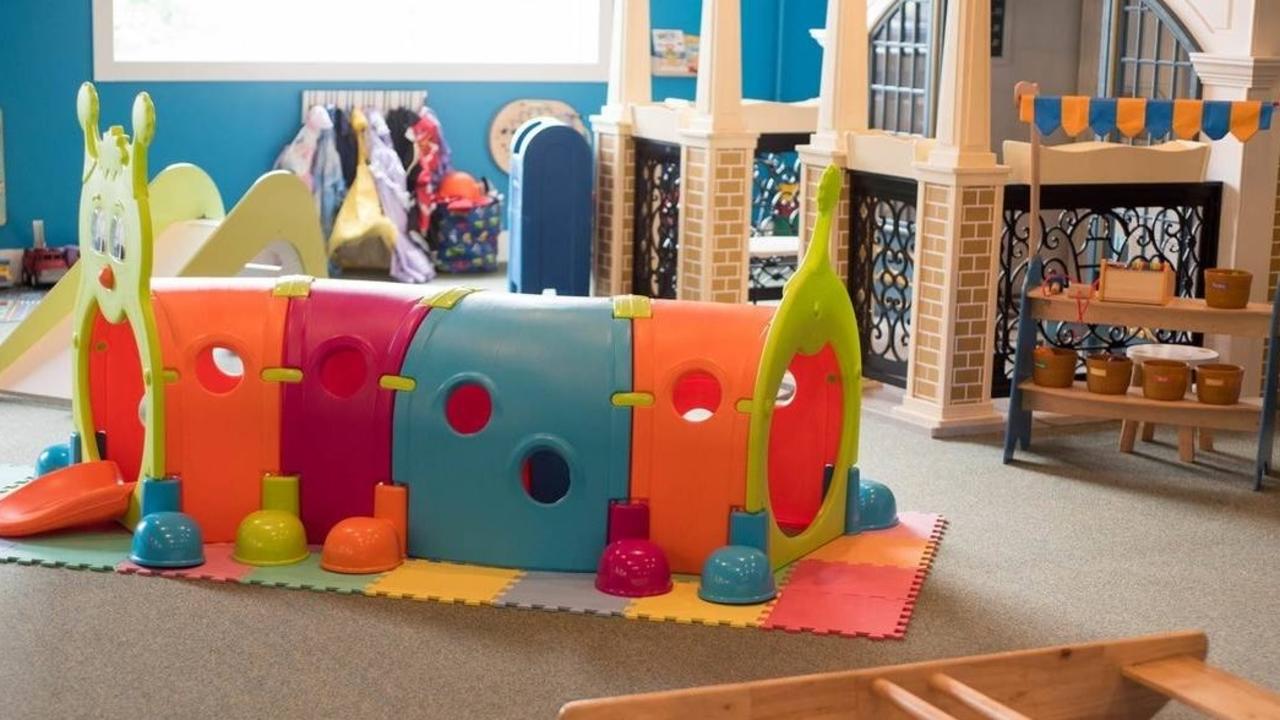
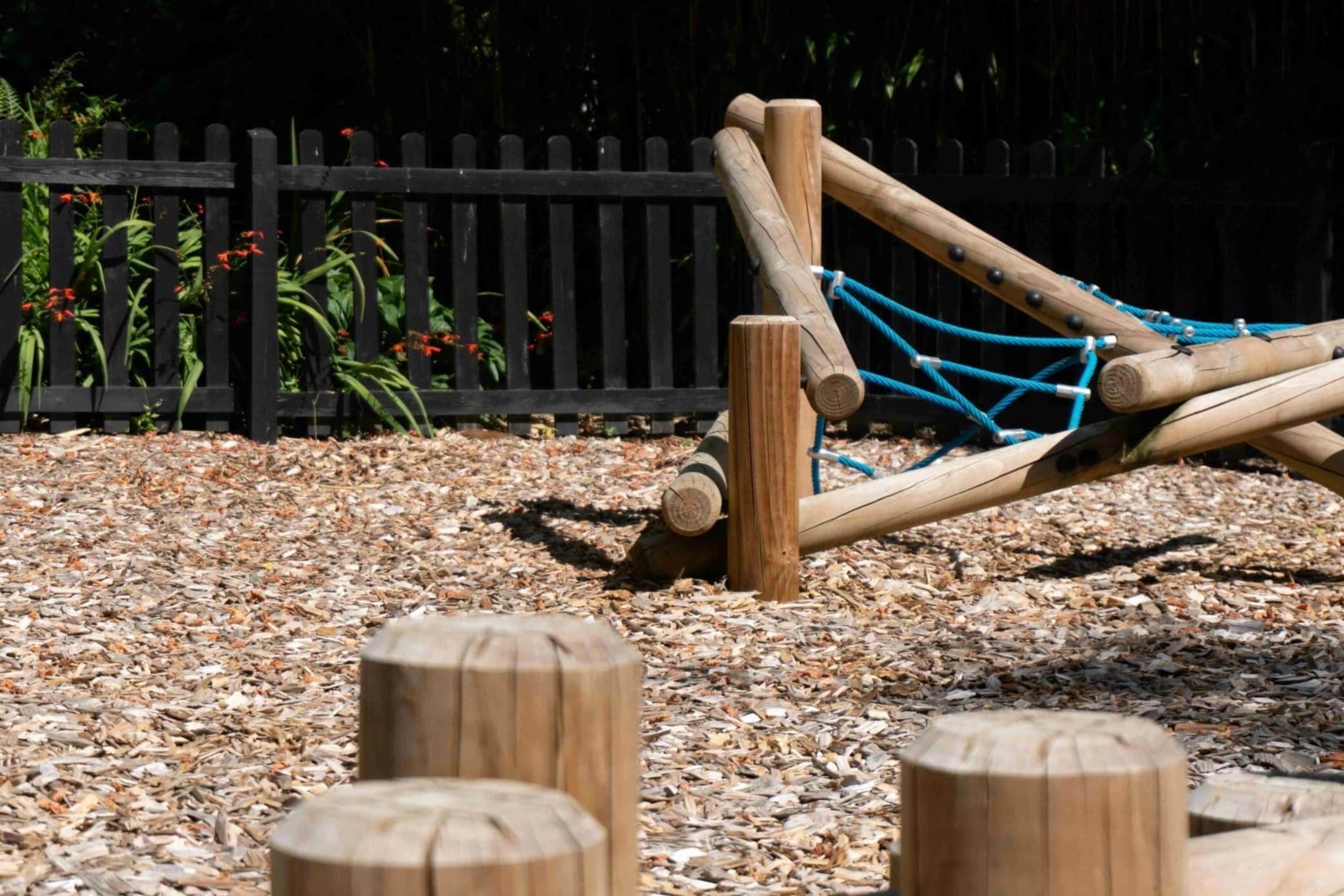
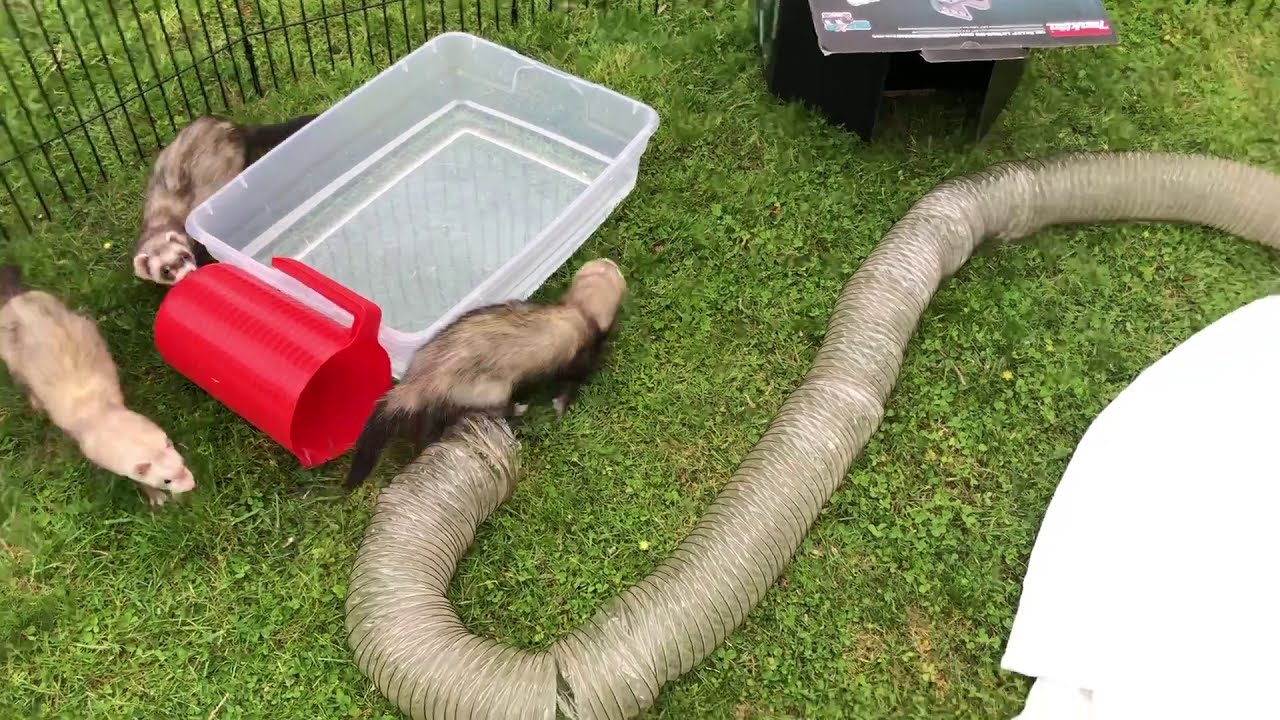
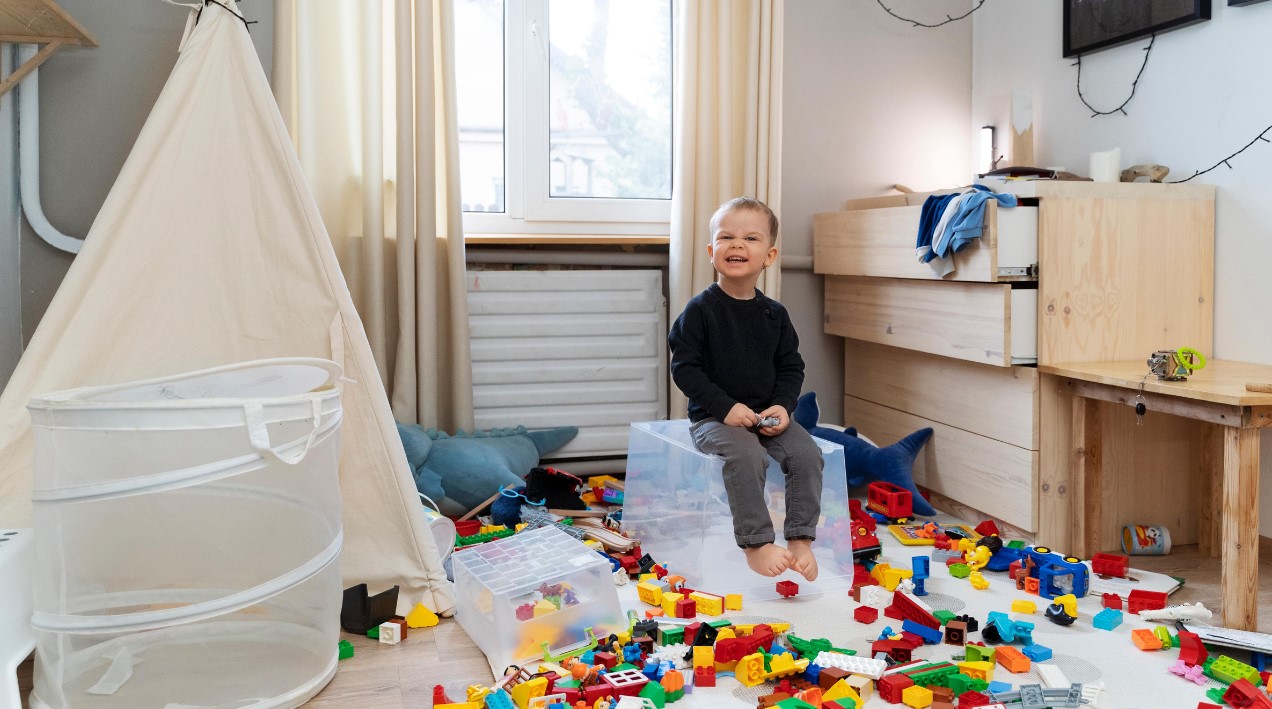

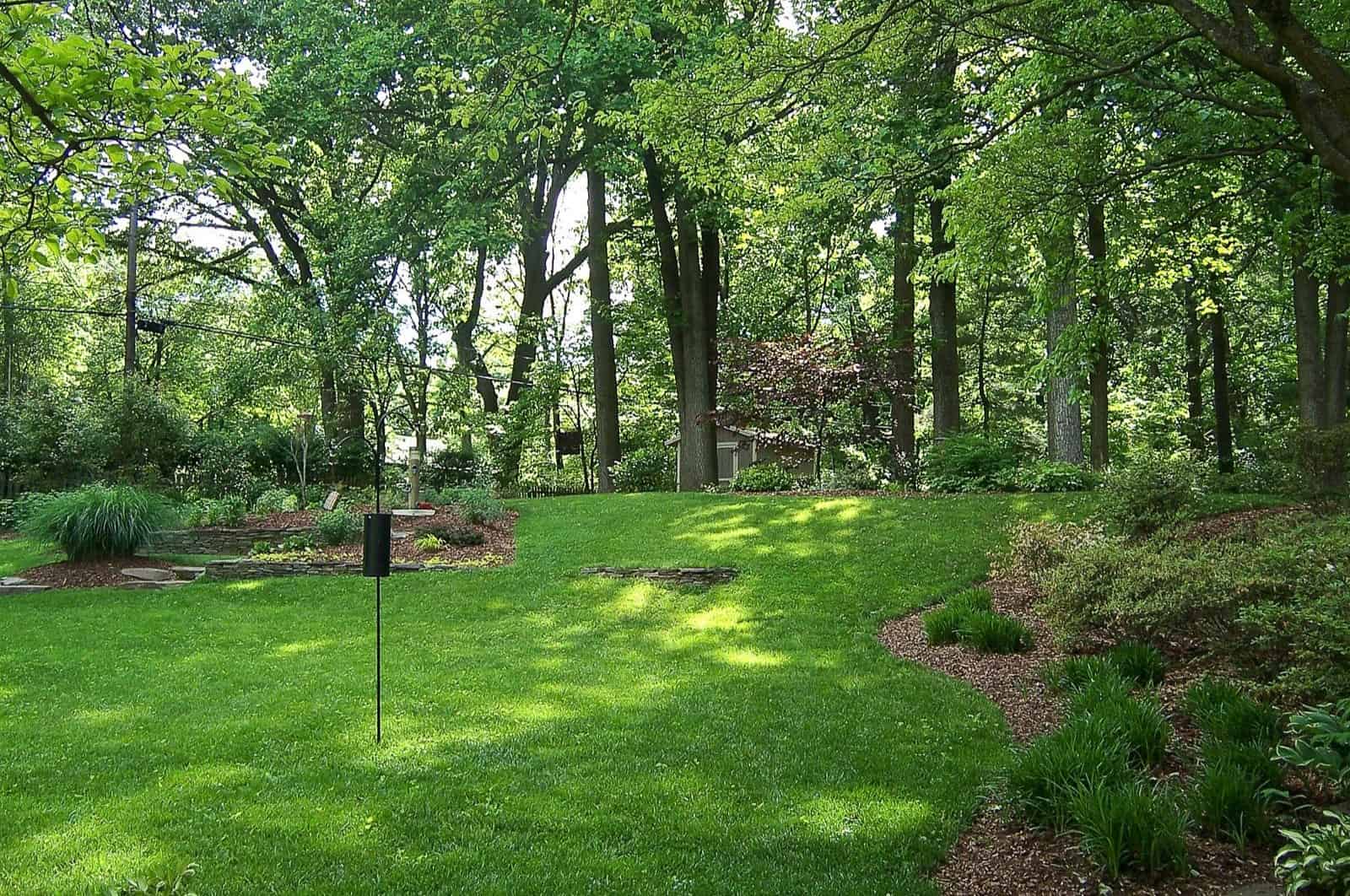
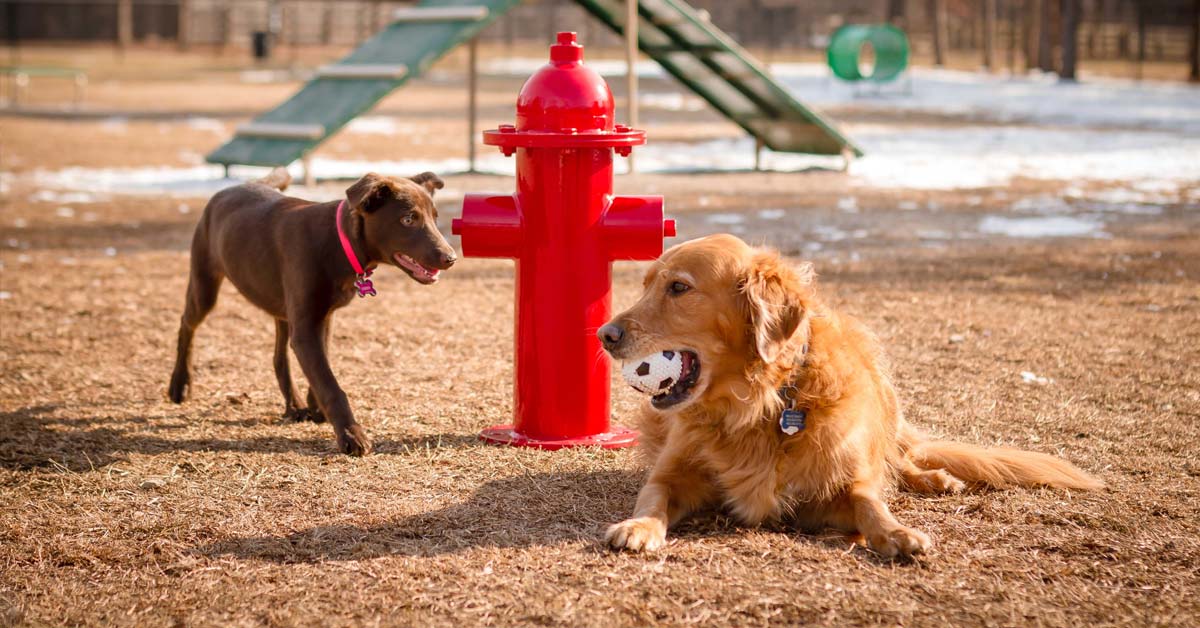

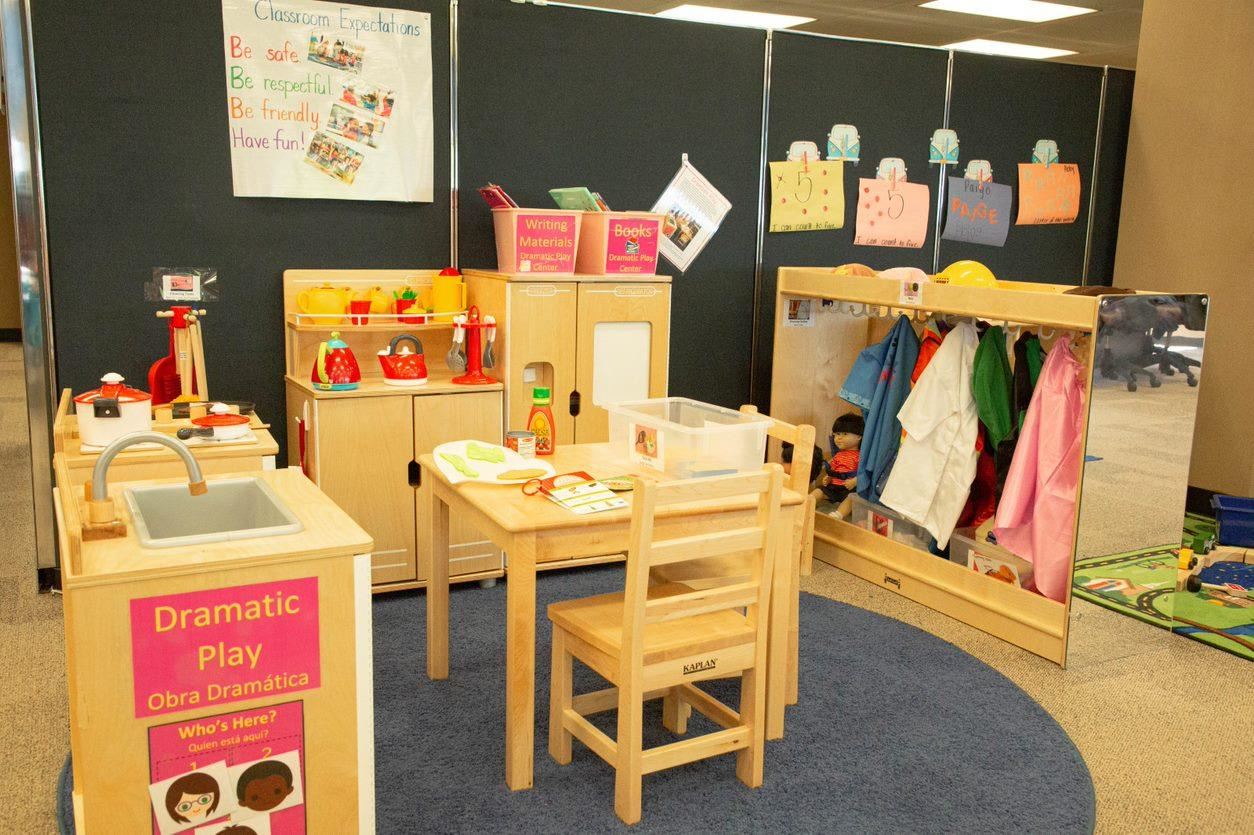
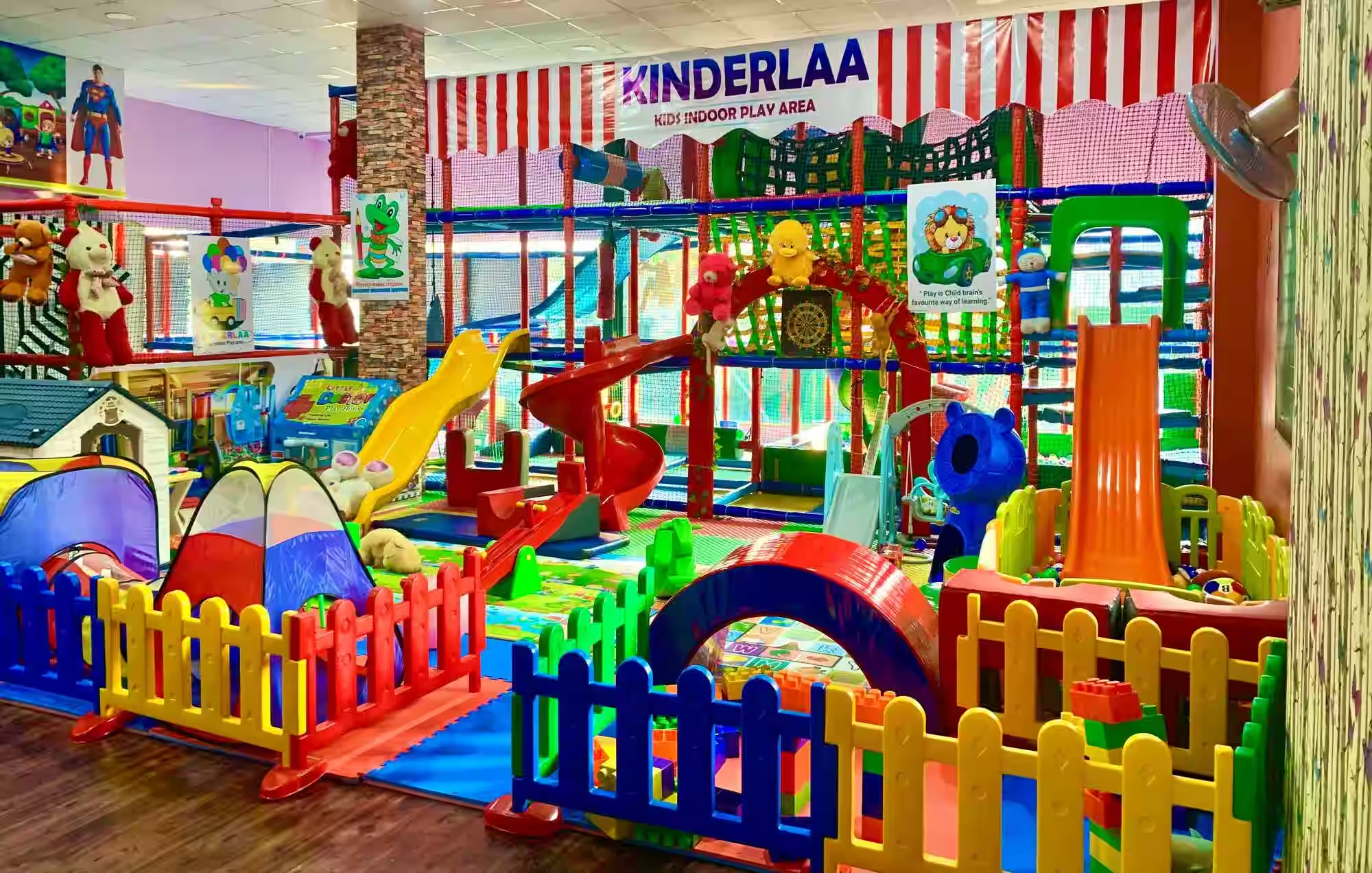

0 thoughts on “How To Create Shade In A Play Area”